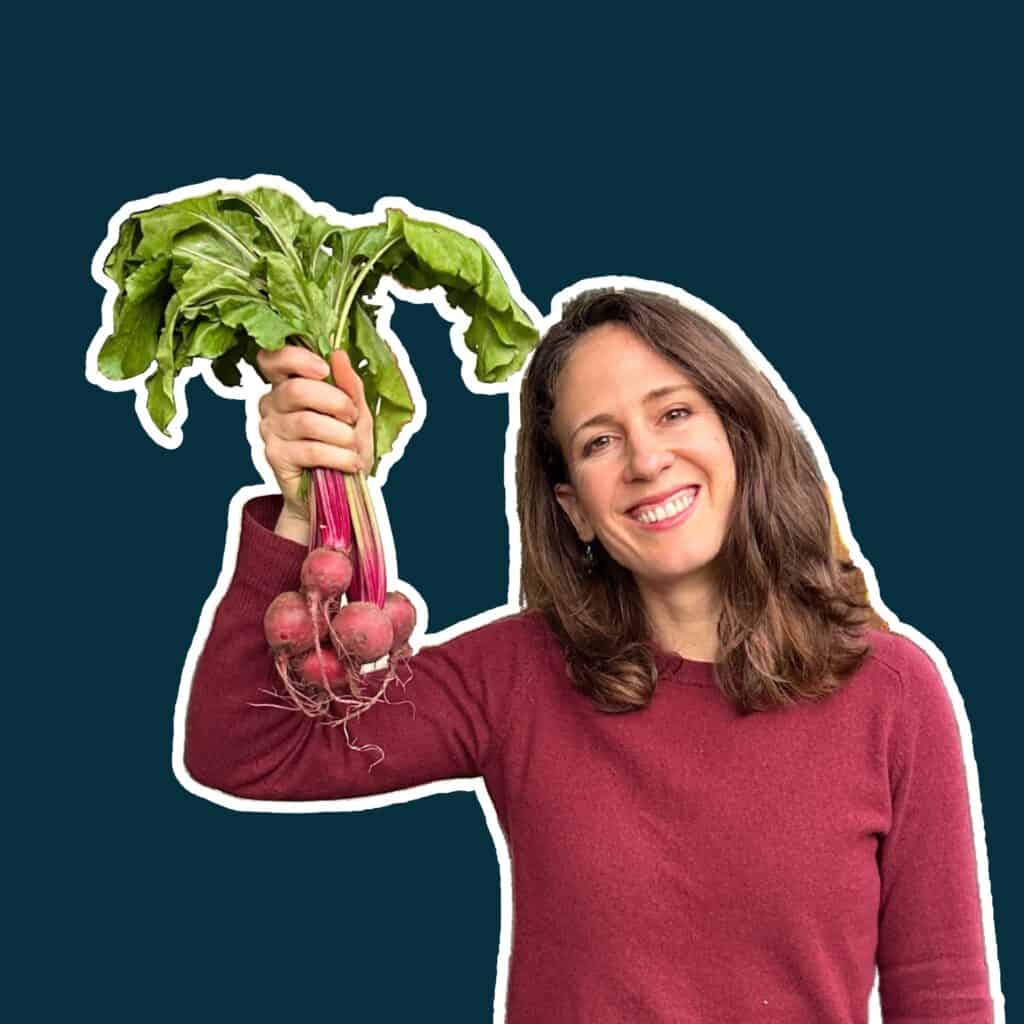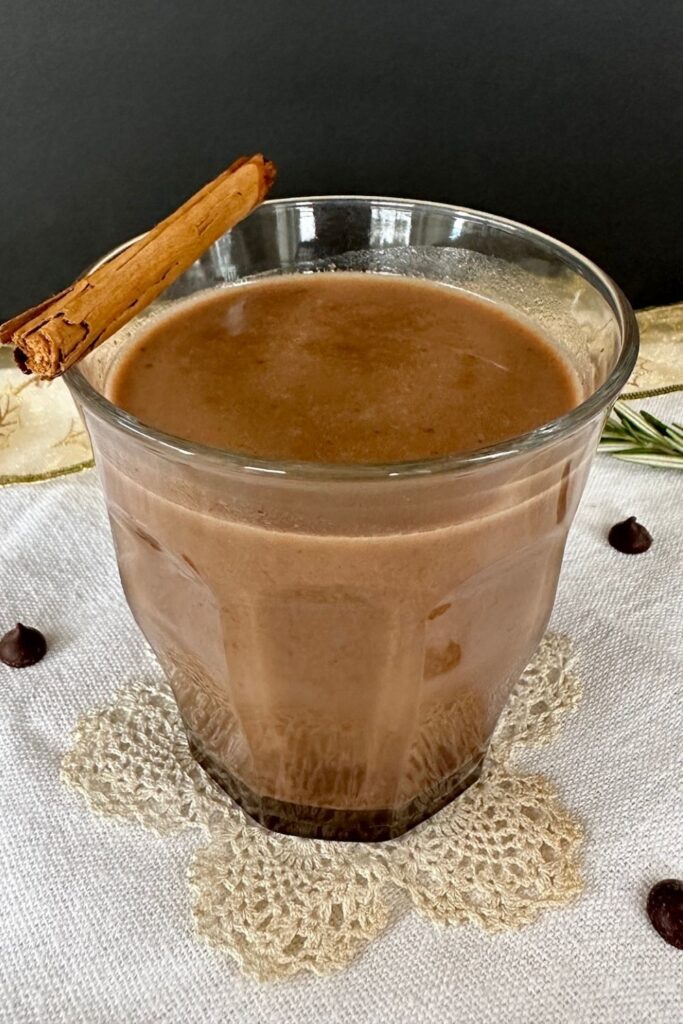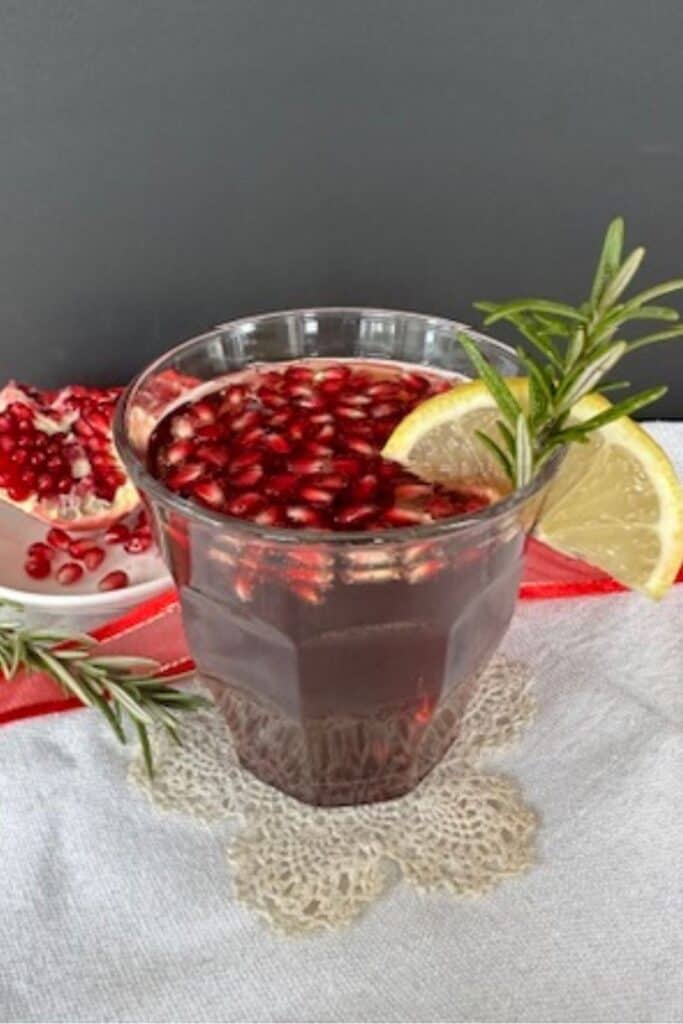Whey versus pea protein is a contentious issue in the longevity world. I totally respect everyone’s choices and opinions on this topic, and today I’m going to explain why I choose goat whey protein and why I feel this product falls at the perfect Venn diagram of compassion, nutrition, and environmentalism.
I became a vegetarian at age seven when I learned that meat is animals. I resonate so much with Bryan Johnson’s reason for being (mostly) vegan. Bryan says:
“I became vegan because I do believe – I do hope – that as intelligence progresses in this part of the universe that compassion will be a part of it.”
I love this. I love being part of a movement that puts compassion at the forefront as we enter the future.
But through my experiences in the food industry, working with sustainable and ethical companies, I’ve also learned there is so much nuance in how we nourish our bodies and the planet.
That’s why, despite my largely plant-based diet, I advocate for certain high-quality animal products, especially when they offer significant longevity benefits. One of these is goat whey protein, a superior protein source for those of us focused on healthy aging, muscle maintenance, and overall vitality.
Bioavailability: Why Whey Outshines Pea Protein
Bioavailability is critical for longevity—it’s how well your body can absorb and utilize the protein you eat. In comparing whey versus pea protein, whey comes out on top, boasting a perfect Protein Digestibility Corrected Amino Acid Score (PDCAAS) of 1.0. This means it contains all essential amino acids and is rapidly absorbed by the body.
Pea protein, while a great plant-based alternative, has a lower PDCAAS score of about 0.85 and lacks sufficient methionine. Though this can be compensated for by combining it with other foods, whey still wins for simplicity and effectiveness.
As Dr. Peter Attia, longevity expert, highlights:
“Protein quality plays a key role in maintaining lean mass, especially as we age. Animal-derived proteins like whey generally outperform plant-based proteins due to their superior amino acid profiles and digestibility.”
Amino Acid Profile: The Muscle-Building Edge
A key differentiator in the whey versus pea protein debate is the amino acid profile, specifically leucine, which is critical for muscle protein synthesis. Whey is rich in leucine, containing about 10-11%, while pea protein has only around 7%. Leucine is essential for activating the mTOR pathway, responsible for muscle growth, which becomes increasingly important as we age.
Dr. Don Layman, a leading researcher in protein metabolism, stresses the importance of leucine:
“Consuming at least 30 grams of protein per meal, particularly from high-leucine sources like whey, is necessary to optimize muscle protein synthesis and combat muscle loss.”
Digestibility: Cow Whey Versus Goat Whey Versus Pea Protein
One reason I advocate for goat whey over cow whey is digestibility. Goat whey contains A2 beta-casein, which is gentler on the digestive system compared to the A1 beta-casein in cow milk. For people who are sensitive to dairy, this makes a huge difference.
Dr. Mark Hyman, longevity expert, puts it perfectly:
“Goat whey protein is my go-to for a high-quality, easily digestible protein. It’s easier on the stomach compared to cow dairy and has a nutrient profile that supports healthy aging. […] I recommend goat whey protein because it’s more easily digested, higher in beneficial fats like MCTs, and it helps promote gut health, making it a superior choice for anyone looking to age well.”
When comparing whey versus pea protein, pea protein can be harder to digest and doesn’t provide the quick post-workout recovery that fast-digesting proteins like whey offer.
Sustainability: Why I Recommend Goat Dairy Over Cow Dairy
As someone who’s worked in ethical food for years, supporting sustainable farms is a priority for me. This is one reason why I recommend goat dairy. Goat farming, compared to traditional cow farming, is more sustainable, requires fewer resources, and aligns better with regenerative agriculture practices. Goats are more sustainable to raise—they require less land, water, and feed than cows.
Goats Farming Requires Fewer Resources than Cow Farming
Goats are smaller and more adaptable than cows, which makes them better suited to diverse ecosystems, including those with challenging terrain or limited resources. They are highly efficient foragers, capable of thriving on natural grasses, shrubs, and other vegetation that may not be suitable for larger livestock. This characteristic allows goats to live in harmony with their environment, as they encourage biodiversity and natural regeneration of the land.
Mark Hyman says,
“Goat farming is typically less resource-intensive than cow farming. Goats require less land, water, and feed, and they are able to forage in a way that promotes the natural ecosystem rather than depleting it.”
Because goats have the ability to graze on plants that are less palatable to other livestock, they help maintain land health by preventing overgrowth of certain species, contributing to soil regeneration. This makes them a valuable part of regenerative agriculture, a farming practice that restores and revitalizes natural ecosystems by improving soil health, increasing biodiversity, and capturing carbon.
A key benefit of this style of farming is that goats can graze in areas where cows would struggle, such as hilly, arid, or rocky landscapes. This reduces the need to clear large tracts of land for pasture, as is common in cow farming, which contributes to deforestation and habitat destruction. Goats are often rotated across different pastures in a method known as rotational grazing, which allows the soil to recover and improves its nutrient content. This method also prevents overgrazing and erosion, ensuring that the land remains fertile and productive.
Dr. Peter Attia echoes this sentiment, explaining that the ethical and environmental impact of food choices is as crucial to longevity as the nutrient content itself.
“The sustainability of the food we consume—how it’s produced, and its impact on the planet—plays a key role in promoting long-term health. Goat farming aligns well with this because of its lower environmental footprint and its contribution to sustainable ecosystems.”
One of the hallmarks of ethical goat farming is its reliance on small-scale, pasture-based systems, which allow goats to roam freely, forage, and graze naturally. This stands in contrast to many large-scale cow dairy operations, which often rely on confined animal feeding operations and require vast amounts of grain, water, and land to sustain large herds.
Wild Foraging and Natural Balance
Goats are exceptional foragers, naturally consuming a wide variety of plants, which enhances both the land they graze on and the quality of the milk they produce. By feeding on diverse, wild plant species, goats not only help control invasive plants but also promote the growth of native flora. This creates a balance with nature that enhances the biodiversity of the area.
Dr. Hyman notes,
“One of the most remarkable things about goats is how they live in balance with their environment. They graze on a variety of plants, encouraging natural biodiversity, and in turn, the land remains healthier, more fertile, and capable of sequestering more carbon. This is the kind of harmony we should aim for in our food systems.”
This approach contrasts with cow farming, where monoculture crops like corn and soy are grown extensively to feed large herds. These crops often require synthetic fertilizers, pesticides, and vast amounts of water, leading to soil depletion and pollution.
Lower Carbon Footprint
Compared to cows, goats produce significantly less methane (aka farts), a potent greenhouse gas. Cow farts are one of the leading causes of climate change.
Dr. Attia highlights the importance of choosing foods that support both health and environmental sustainability, noting,
“As we look at the intersection of food quality and longevity, we cannot ignore the impact our food choices have on the environment. Goat farming, with its lower emissions and ethical practices, is a far more sustainable model than traditional cow farming.”
Pea Protein is Significantly Less Resource Intense than any Whey Protein
When you compare whey versus pea protein from an environmental standpoint, pea protein is certainly better for the planet than any whey protein, but goat whey provides a great middle ground for those seeking high-quality animal-based protein without the heavy environmental footprint.
Whey Versus Pea Protein – Flavor Preference
When Rory and I first started dating, he had ordered something like 20 kilos of pea protein from the UK to his apartment in Thailand. He is famous for being able to eat or drink disgusting things if he thinks they are healthy. He told me he had this pea protein in bulk but that he didn’t like it that much, and he asked if I could come try it and see if I could work it into my cooking or baking. He made me a glass just the way he usually drank it – a bunch of protein mixed with water. He drank his down and then handed me my glass, and I did a literal spit take. To this day, it was honestly the grossest thing I’ve ever tasted.
It quickly became a joke amongst our friends, and we invited a litany of people over to try this pea protein and see if they could stomach it. 100% of people who tried this pea protein thought Rory was absolutely crazy for having already gotten through 2 kilos of it.
We sold the remaining 18 kilos on Facebook marketplace, and used the earnings to go out to a really fancy meal.
What’s the point of this story? Although that particular pea protein was the worst I’ve ever tasted, I have never found one that doesn’t make me absolutely cringe. I struggle with the flavor and the texture of pea protein. It is not for me. And I know a lot of people feel the same.
I find goat whey to taste very neutral bordering on tasting nice. If you find pea protein to taste gross, and you’re not a vegan, try goat whey!
The Final Word on Whey Versus Pea Protein
In the whey versus pea protein debate, each has its merits. Pea protein is a solid plant-based option, but for those of us focused on longevity, muscle preservation, and optimizing bioavailability, goat whey protein takes the crown. It’s more digestible, packed with muscle-building amino acids, and is sourced from more sustainable farming practices.
I specifically recommend Naked Goat because it aligns with my values of clean, ethical, and sustainable nutrition while offering superior digestibility and high-quality protein for longevity. I first learned about Naked Goat from Dr. Mark Hyman, longevity expert, and now I am a big fan of Naked Nutrition and a lot of their products.
Unlike many protein powders loaded with unnecessary additives, Naked Goat has one ingredient: pure goat whey sourced from pasture-raised goats on small Wisconsin farms. Naked Goat uses cold processing to preserve the beneficial nutrients, delivering a non-denatured protein packed with essential amino acids.
Bryan Johnson and Blueprint have taught me the importance of heavy metal testing on all products, and that is another reason why I choose Naked Goat. They publish their heavy metal testing results.

Sources
-
- Hoffman, J. R., & Falvo, M. J. (2004). Protein – Which is Best? Journal of Sports Science and Medicine, 3(3), 118-130. Link
- Egger, L., & Ménard, O. (2019). Milk proteins and their influence on nutrition. Annual Review of Food Science and Technology, 10(1), 441-462. Link
- Peter Attia, “Optimizing protein quantity, distribution, and quality.” Link
- Mark Hyman, “Young Forever: The Secrets to Living Your Longest, Healthiest Life.” Link
- Naked Nutrition, Naked Goat Link











